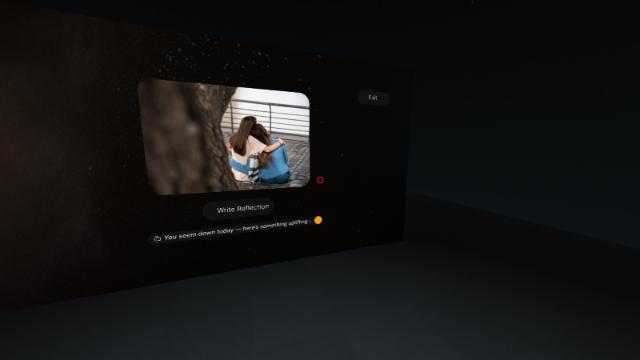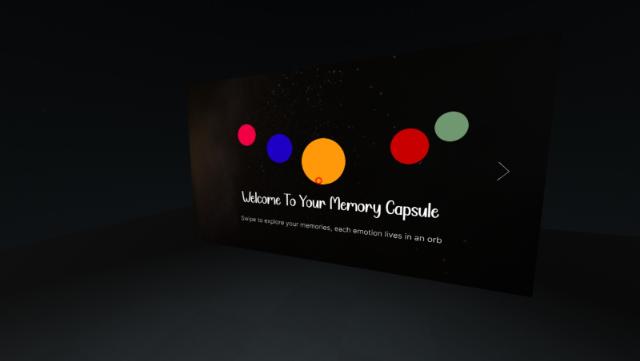Shone Thomas
Digital Time Capsule
This project began with a simple thought: what if our memories could live outside of our minds, not as flat photos stored in a forgotten folder, but as something we could hold, explore, and feel all over again? I’ve always been fascinated by how certain moments linger with us: the sound of laughter on a summer afternoon, the warmth of a hug on a winter night, or even the quiet ache of a final goodbye. These moments are more than just images; they are emotional experiences. And yet, the way we store memories today often strips away that depth, reducing them to files, lists, and snapshots.
Through research into how memories are preserved and revisited, I learned that we don’t just remember facts, we remember feelings, contexts, and sensory details. I explored ideas from time capsules, cultural heritage preservation, and digital storytelling, discovering how people throughout history have tried to keep their past alive. This exploration revealed that the most powerful memories often have a tangible trigger, an object, a sound, or a visual cue that pulls us back into the moment. It made me ask: what if there was a way to merge the physical presence of a keepsake with the richness of digital interaction, so that revisiting a memory felt as alive as living it the first time?
That question became Emotive Orbs. Each orb holds a unique memory tied to an emotion, creating a personal archive that can be explored over time. It reimagines the traditional time capsule, shifting it from a static container of physical objects to an interactive, emotionally rich experience that bridges physical and digital worlds. I imagine families gathering around these orbs years from now, passing them from hand to hand, scanning them to reveal voices, faces, and moments from the past. I imagine a child discovering the joy in a grandparent’s laugh, or an adult finding comfort in words their younger self once wrote. This is my way of ensuring memories aren’t just stored, they are preserved in a way that invites us to live them again.



